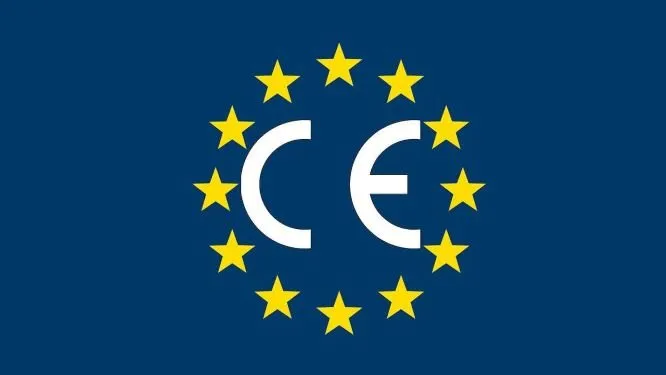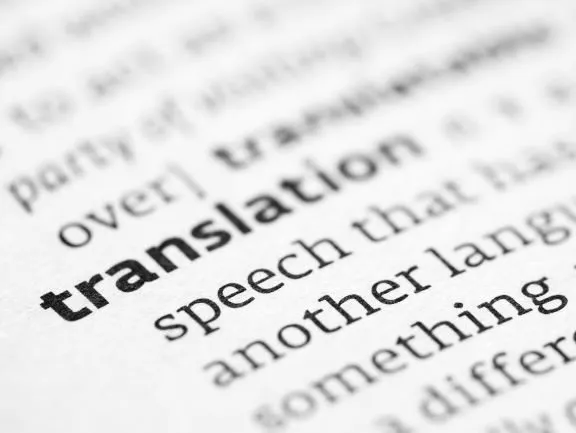
How to Increase Market Share with Effective Brand Translation
Brand translation is something that should be taken into serious consideration once you decide to go international.

For this purpose, the European Single Market (or Internal Market) was created in 1993, with the main goal of implementing measures that would bring down commercial barriers, speed up bureaucratic processes, and allow for the free movement of goods.
As part of this approach, the EU established product regulations and conformity assessments for the Member States part of this new agreement. This scheme, overseen by the CE marking association, allows each industry to make decisions and maintain its respective obligations without government intervention.
So, if you are a company with plans to commercialize your product in Europe, you may want to learn more about what is CE marking and how it affects your business.
The CE marking – which stands for \"Conformité Européene” or “European Conformity” - is essentially a certification that points out and validates a given product under the EEA’s (European Economic Area) standards of environmental protection, safety, and health. This measure is insured by the CE marking directive 93 68 EEC (a document instituted in 1993 by the EU) and was introduced as a means to facilitate the movement of goods between the Member States of the European Union.
As part of the system, each manufacturer who wishes to commercialize a given product within the European Union has the responsibility to warrant that the goods provided abide by Europe’s standards – which is done by affixing the CE marking on it. That being said, not all products traded in Europe need a CE marking and so it is important to check with your designated standard agency in Europe.
Moreover, this process means that:
In addition, it is worth pointing out that the CE marking does not relate to the quality of a product, but rather its safety. Also, although some products may need to be tested by independent bodies to confirm that they fit in EU standards, having a CE marking doesn’t officially certify they were indeed checked.
Check out: Legit government translation service for accurate results.
The language in which a CE marking should be translated into will depend on the Member State country the given product will be commercialized and its particular language specifications. For instance, while in France the CE marking of a product should only be translated into German, French, in Belgium they should bear French translations, and Dutch CE marking translations. Hence, manufacturers should address the designated authority of each and every country where they plan to sell their products, find out the languages required and translate accordingly.
Useful information: Dutch translation service for any industry, how to hire an expert translator.
Usually, the requirements for CE marking translation fall into three categories, all of which should be provided in the languages specified by each country.
In any case, the documents that must be translated and submitted to the CE authority of each importing countries often involve:
Useful information: Ask professionals for help with translations, use automotive industry translation services for your business documents.
Hence, in order to correctly and effectively translate all CE marking-related files and materials, a translation professional or translation service should not only be able to provide a high-quality translation into the necessary target-language (out of the EU’s 23 official languages) but also understand the specifics of each directive.

Brand translation is something that should be taken into serious consideration once you decide to go international.

Culture is the combination of values, cuisine, beliefs, achievements, traditions, and institutions that a group of people have in common. Culture is something that can be owned by people of the same race or religion, who live in the same geographic region, or any group of people who share the values, beliefs, traditions, etc. listed above.

What is a trademark definition? Your trademark can be many things. A trademark translation can be a symbol, element of design, or other signature attributes which uniquely identifies your products and services as your own. and such, trademarks can be applied to signs, brand names, logos, designs, taglines, and other visual elements that are unique to your company.
Your personal account was created successfully. Login details were sent to your email.
Thank you for choosing our service!
You have registered your account successfully!
Your application was sent to our
HR Departament.
Get prepared to pass several proficiency tests to prove your skills as we hire only the best experts to deliver the best quality to our Clients. We will contact you soon for futher instructions